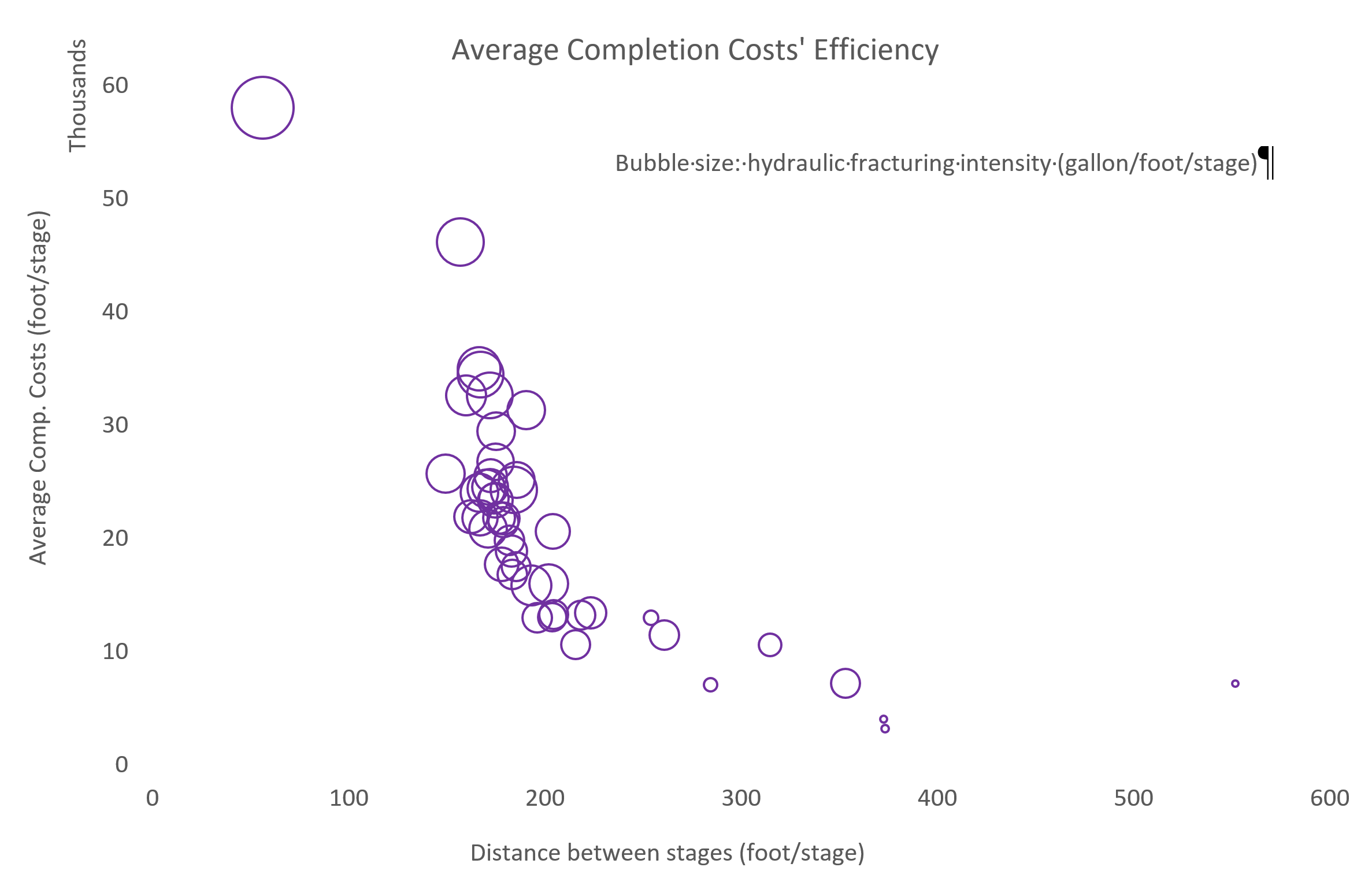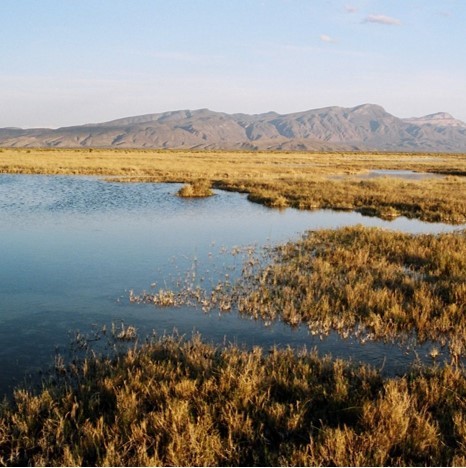October 5, 2020

Victor del Carpio Neyra
Is the Cake a Chimera? Trade-offs between Productivity and Capital Costs

In the context of unconventional production, higher productivities (measured by the first 12-month cumulative production) might entail less efficient capital-cost strategies for drilling and completion. I argue that only in high-price scenarios, promised lofty returns derived from productivity—the "cake," namely—are effectively delivered. When prices are not high, there must be trade-offs between productivity and capital costs to achieve a favored return to capital investment. Furthermore, it becomes dire to understand these trade-offs when expectations of low-price levels could threaten the profitability of the project.
I currently estimate average cost curves for drilling and completion using depth, lateral length, proppant, water, and completed stages data for the Bone Spring, Wolfcamp A and Wolfcamp B intervals in the Delaware Basin to analyze the cost efficiency of wells and compare it with their productivity. I am using use the Tight Oil Resource Assessment's (TORA) economic model to simulate capital investment allocations for well developments based on different prices scenarios.

Michael Young
Sustainable Groundwater Management and Conservation of Aquatic Habitats in the U.S.-Mexico Border Region

Though the use of hydraulic fracturing to extract U.S. unconventional oil and gas resources is well-developed, only a handful of wells have been drilled across the border in Mexico. Before large-scale unconventional energy development can begin in Mexico, a forecast of water use is needed to anticipate and mitigate the potential impacts to groundwater, surface water, and ecological resources.
We have developed a screening tool to assess first-order water impacts in the undeveloped Eagle Ford play of northeast Mexico. This was done by coupling surface water and groundwater stress indicators and mapping relative water stress in proposed lease blocks. We found that, given limited surface-water resources, groundwater will most likely be the source for future hydraulic fracturing operations. However, impacts to existing agricultural, municipal, and industrial groundwater users and linked groundwater-dependent ecosystems may be minimized by using brackish groundwater and recycling produced water. This is becoming a common water-use strategy in the semi-arid Permian Basin of Texas and New Mexico.
Read the report
Hernández-Espriúab, A.; Wolaverl B.; Arciniega-Esparza, S.; Scanlon, B. R.; Young, M. H.; Nicot,J.-P.; Macías-Medrano, S.; Breña-Naranjod, J. A. 2018. A screening approach to improve water management practices in undeveloped shale plays, with application to the transboundary Eagle Ford Formation in northeast Mexico. Journal of Environmental Management: v. 236, 146–162, doi:/10.1016/j.jenvman.2018.11.123.